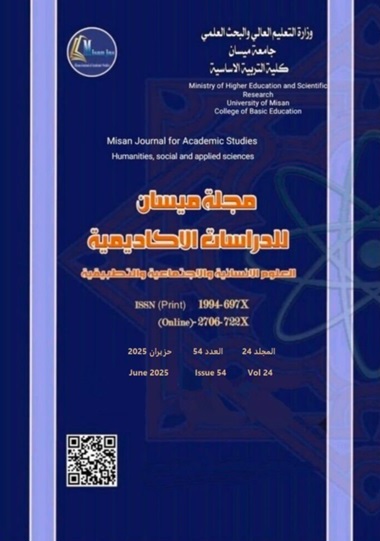The Effect of Crown Fabrication Materials on Wear Resistance and Retention Strength: An Experimental Study Using Statistical Analysis and Magnetic Resonance Imaging
Abstract
In vitro study investigates how crown materials affect retention strength and wear resistance in this study. The researchers produced thirty crown samples from zirconia, porcelain, and lithium disilicate before cementing them on standard dental models. Through Magnetic Resonance Imaging (MRI) researchers examined the surface structure while a mechanical friction simulation evaluated wear resistance. After the wear testing procedure, the analysis was performed. A universal testing machine was used to measure the retention strength. Researchers conducted Tukey post-hoc testing in addition to regression analysis and one-way ANOVA for their statistical analysis. From the data analysis, it was clear that material selection plays a crucial role in clinical crown durability, as evidenced by significant differences in wear resistance and retention
Downloads
Copyright (c) 2025 (Humanities, social and applied sciences) Misan Journal of Academic Studies

This work is licensed under a Creative Commons Attribution-NonCommercial-NoDerivatives 4.0 International License.
The copyright is also the copyright of the magazine only.
All articles published in our magazine are subject to license terms
Creative Commons Attribution(CC BY-NC-ND 4.0) This license permits the content to be reproduced, redistributed and reused in whole or in part for any purpose free of charge, without any permission from the author(s), researcher or student.
Works submitted to Maysan Journal of Academic Studies for publication in the journal (CC BY-NC-ND 4.0) license terms. Where available content can be shared, distributed and replicated provided there is no commercial profit and appropriate credit must be given to the original source through sources or citations. It is mandatory to review any material used from other sources including shapes, tables, and images for re-use under the terms of the Creative Commons License (CC BY-NC-ND 4.0).Provided that there is no modification to the original content



